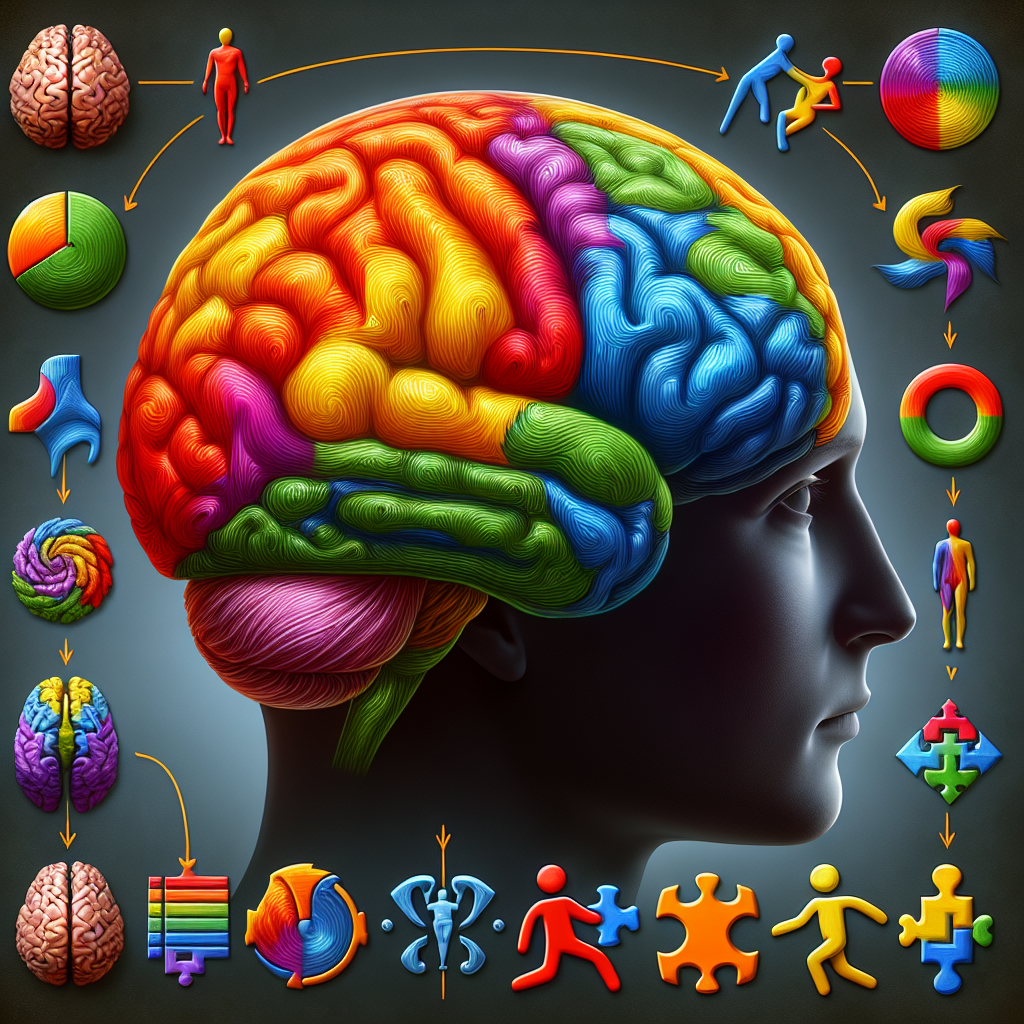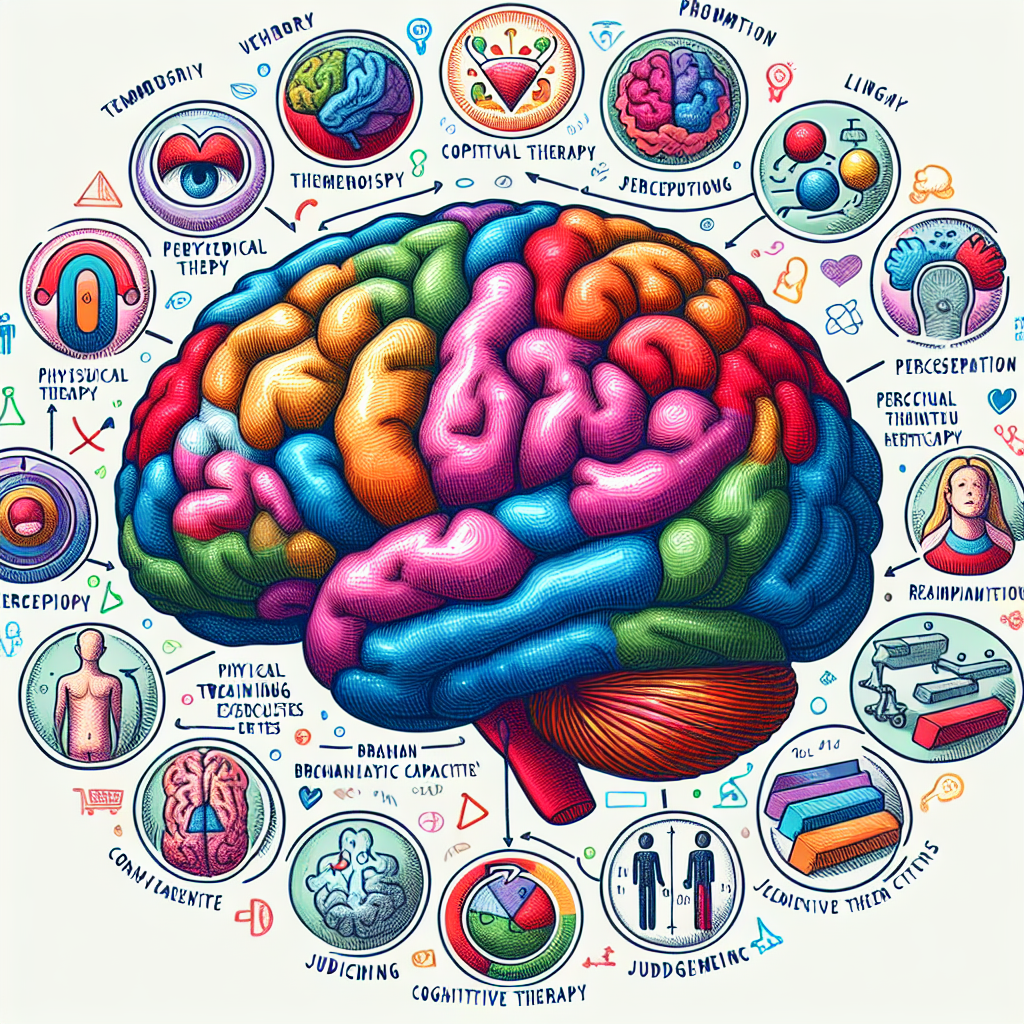What Are The Benefits Of Neurorehabilitation Techniques In Improving Cognitive Function?
The wonders of neurorehabilitation techniques continually receive commendations for their remarkable benefits in cognitive function. “What Are The Benefits Of Neurorehabilitation Techniques In Improving Cognitive Function?” systematically guides you through these powerful processes that aim at restoring, maintaining, and maximizing your cognitive functions to the highest level. This insightful piece explores the endless possibilities inherent in neurorehabilitation techniques – their potential to enhance memory, concentration, and mental agility is certainly worthy of your attention. So strap in and prepare to be enlightened on a transformative journey to optimal cognitive health.

Understanding Neurorehabilitation
Before we leap into the benefits neurorehabilitation can offer to cognitive functioning, let’s explore what neurorehabilitation is first. We often hear these scientific terminologies hanging around, but what do they truly entail?
Definition of Neurorehabilitation
Neurorehabilitation is a complex medical process that aims to aid recovery from a nervous system injury and to mitigate and compensate for any functional alterations resulting from it. It’s an ensemble of therapies concentrating on the neurological and physiological aspects of an individual’s well-being.
The Aim of Neurorehabilitation
The primary goal of neurorehabilitation is to achieve the maximum possible recovery for clients, reducing or eliminating symptoms that can affect the facets of everyday life. It seeks to enhance the person’s participation in various societal roles while improving their well-being and quality of life.
Different Types of Neurorehabilitation Techniques
As a multidisciplinary practice, neurorehabilitation uses a myriad of techniques to achieve its goals. This can include physical exercises, speech therapy, cognitive exercises, electrical stimulation, and medication, all tailored to the individual’s specific needs and condition.
Role of Neurorehabilitation in Cognitive Improvement
Neurorehabilitation plays an essential role in cognitive improvement. But how exactly is this achieved?
The Correlation between Neurorehabilitation and Cognitive Function
Neurorehabilitation’s influence on cognitive function is substantial as it aims to enhance cognitive capacities such as memory, attention, and problem-solving skills. This occurs through a series of therapies and interventions designed to minimize cognitive deficits and maintain cognitive health.
Overall Impact of Neurorehabilitation on Cognitive Function
The overall impact of neurorehabilitation on cognitive function is substantial. By helping patients relearn lost skills and develop compensatory strategies, neurorehabilitation significantly improves cognitive functioning, enhancing the patient’s overall quality of life.
Neurorehabilitation Techniques for Memory Enhancement
Memory enhancement is one of the enormous benefits of neurorehabilitation. Let’s deep dive into the aspects that make this possible.
Cognitive Therapy for Memory Recall
Cognitive therapy aims to improve or restore memory and the other higher functions that have been compromised due to neurological disorders. Through cognitive therapy, individuals can better manage their symptoms, reducing their impact on daily life.
Adaptive Devices and Strategies in Memory Restoration
Adaptive devices and strategies are a fundamental part of neurorehabilitation efforts to restore memory. These interventions can help individuals devise new ways of remembering things, boosting their memory recall skills.
The Efficacy of Memory Training in Neurorehabilitation
The use of memory training in neurorehabilitation has proven to be efficient. By using strategies such as mnemonic devices, visual imagery, and memory games, individuals can enhance their memory skills and information recall.

Improving Attention Span through Neurorehabilitation
Maintaining attention can often be a major challenge for individuals suffering from neurological disorders. Thankfully, neurorehabilitation brings forth several methods to tackle this issue.
Cognitive Behavioral Therapy for Attention Training
Cognitive-behavioral therapy (CBT) is often used in neurorehabilitation to train attention. Through repeated exercises and training, CBT helps individuals focus on tasks over a period, improving their attention span.
The Role of Mindfulness in Enhancing Attention
Mindfulness exercises, such as mindful breathing and body scan techniques, also play a key role in enhancing attention abilities. The practice of mindfulness begins by paying detailed attention to one’s physical state, then expanding this focus to thoughts and emotions.
Attention Process Training in Neurorehabilitation
Attention Process Training (APT) is a cognitive rehabilitation therapy that focuses specifically on attention deficits. With APT, patients practice a sequence of exercises that gradually become more challenging, helping them to enhance their overall attention capabilities.
Neurorehabilitation for Problem-Solving Skills
Improving problem-solving skills is yet another significant aspect of neurorehabilitation.
Strategic Cognitive Training
Neurorehabilitation often involves strategic cognitive training, specially designed to improve problem-solving skills. These strategies emphasize flexible thinking, allowing individuals to handle a range of tasks more competently.
Use of Gamified Brain Training Exercises
The inclusion of gamified brain training exercises within neurorehabilitation programs has shown great promise. These games can improve problem-solving abilities by encouraging cognitive flexibility and enhancing reasoning abilities.
Rehabilitation Programs Focused on Problem-Solving
Many rehabilitation programs create scenarios or tasks that specifically aim to improve problem-solving skills. These tasks enable individuals to practice their problem-solving skills, making them better equipped to solve real-life situations.
Neurorehabilitation Techniques for Language and Communication
Language and communication can be severely impacted in neurological disorders. With the help of neurorehabilitation, significant improvements can be made.
Speech and Language Therapy in Neurorehabilitation
Speech and language therapy is a crucial component of neurorehabilitation. It helps to restore communication skills, enabling sufferers to reclaim their ability to express thoughts, feelings, and ideas effectively.
Accelerated Cognitive Therapy for Communication Skills
Accelerated cognitive therapy works to enhance various cognitive abilities, including communication skills. Through repeated training and exercises, individuals can improve their ability to communicate with others.
Technology in Enhancing Language Functions
With the advancements in technology, there are now many tech tools available that can aid in enhancing language functions. These include apps and programs focused on language-building exercises and even virtual therapists providing real-time feedback.
Neurorehabilitation in Enhancing Spatial Cognition
Spatial cognition is a vital cognitive aspect that can be addressed through neurorehabilitation.
Visuospatial Rehabilitation Techniques
Visuospatial rehabilitation techniques focus on improving an individual’s ability to perceive and interact with their environment accurately. Each therapy is customized to the individuals’ specific requirements and abilities.
Virtual Reality-Based Spatial Cognitive Training
Virtual reality (VR) technology provides an interactive and immersive therapeutic setting for patients undergoing neurorehabilitation. It offers countless opportunities for spatial cognitive training, transforming how we approach cognition enhancement.
Role of Imagery Techniques in Spatial Cognition
Imagery training, including visual and kinesthetic imagery techniques, can bolster spatial cognition. By visualizing movements or tasks, individuals can understand their environment better and interact more effectively.
Neurorehabilitation in Executive Functioning
Improving executive functions such as decision-making ability, planning, and multitasking is also within the purview of neurorehabilitation.
Targeting Planning and Organizational Skills
Specific neurorehabilitation strategies are employed to target planning and organizational skills. Through exercises that prompt strategic thinking, patients can substantially enhance these executive functioning skills.
Cognitive Re-training for Decision Making Skills
Cognitive re-training programs often focus on decision-making skills. By utilizing techniques like role-play and decision trees, these programs can vastly ameliorate patients’ decision-making abilities.
Enhancing Multitasking Skills through Neurorehabilitation
Multitasking skills can also be developed and honed during neurorehabilitation. Through a progressively challenging series of exercises, patients can reclaim their ability to manage multiple tasks at once.
Assessment of Cognitive Improvement after Neurorehabilitation
Psychologists and therapists assess the cognitive improvement achieved through neurorehabilitation by comparing a series of tests taken before and after the rehabilitation process.
Cognitive Testing Pre and Post Rehabilitation
Cognitive testing is an essential tool to assess progress made in neurorehabilitation. By comparing results from pre and post-rehabilitation tests, therapists can determine the extent of cognitive recuperation.
Rate of Cognitive Improvement after Neurorehabilitation
By analyzing the results of these cognitive tests, the rate of cognitive improvement after neurorehabilitation can be determined. The rate of improvement may vary depending on the individuals’ unique circumstances and their commitment to the rehabilitation plan.
Sustainability of Cognitive Improvement
While short-term improvements in cognition can be rewarding, the sustainability of cognitive improvement is equally important. Neurorehabilitation aims for long-term cognitive advancement, with the therapeutic exercises designed to make permanent changes in brain functioning.
Future of Neurorehabilitation
The future of neurorehabilitation is shaping up to be thrilling, with technological advances and ongoing research in the field of neuroplasticity promising new and better ways to enhance cognitive function and overall quality of life.
Technological Advances in Neurorehabilitation
With the pace of technological advancements, the future of neurorehabilitation appears bright. From virtual reality to brain-computer interfaces, new technologies could soon play key roles in neurorehabilitation, making rehab more effective and accessible than ever.
Impact of Neuroplasticity Research on Neurorehabilitation
Research into neuroplasticity – the brain’s ability to change and adapt – will profoundly influence neurorehabilitation’s future. Understanding how the brain heals and reorganizes itself could lead to new therapies and even more groundbreaking results in cognitive rehabilitation.
Potential Challenges and Opportunities in Cognitive Neurorehabilitation
While neurorehabilitation has a promising future, challenges need overcoming. These include developing personalized treatment plans, implementing technology effectively, and overcoming logistical and financial barriers. However, with these challenges come opportunities, including the potential to revolutionize cognitive rehabilitation, making it more efficient, and accessible than ever before.
Indeed, the benefits of neurorehabilitation techniques in improving cognitive function are manifold. Although the journey may be rigorous, the results − an overall enhancement in the quality of life − are worth every stride. As research propels forward, neurorehabilitation will continue to evolve, offering even better prospects for cognitive recovery and betterment.

